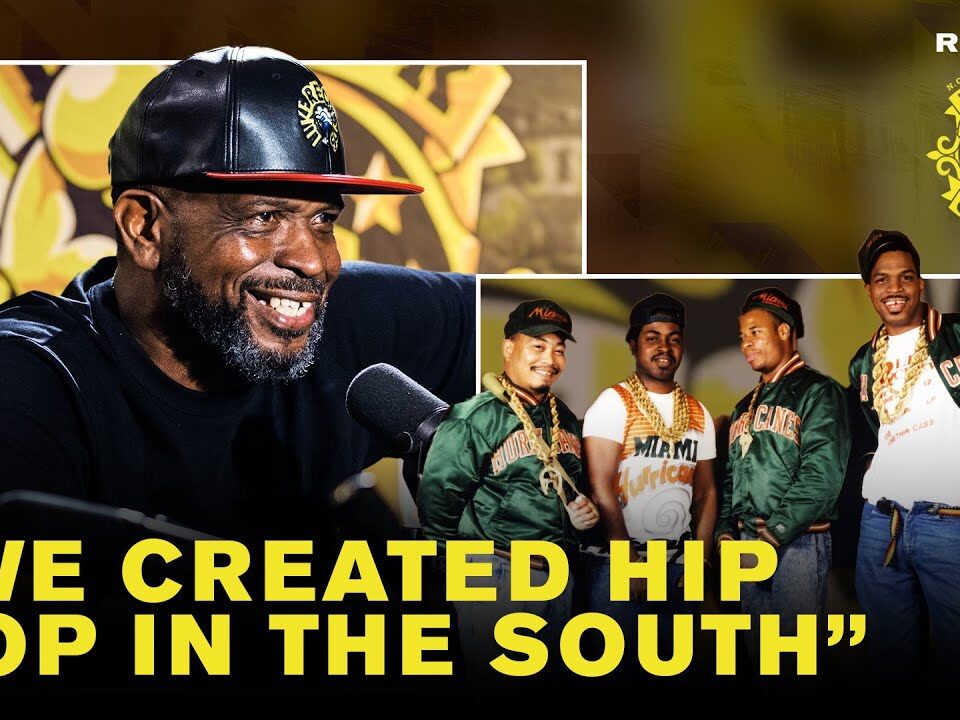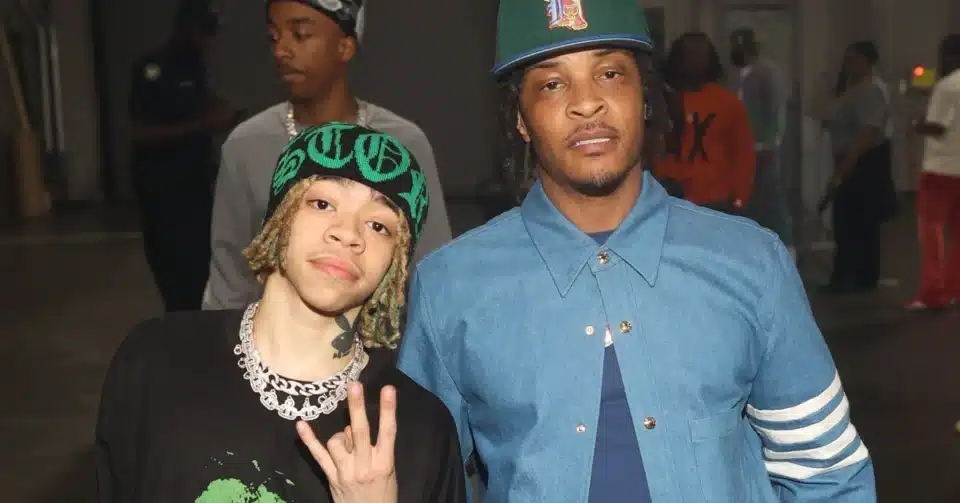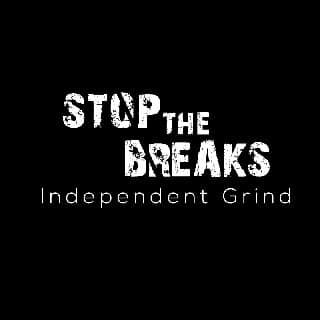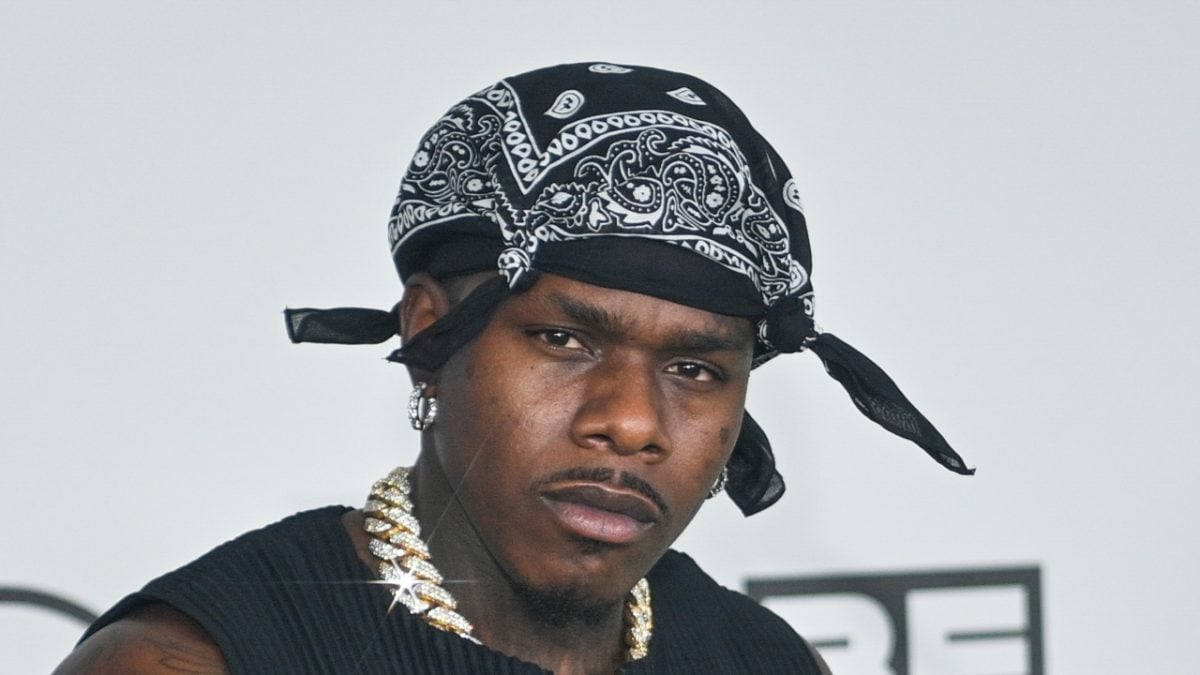Back in the day, the southern hip-hop scene was virtually non-existent until one man’s vision brought it to life. The blend of hustling, creativity, and unwavering determination set the stage for a musical revolution.
Starting as a DJ for local dances and skating rings, the journey was never just about spinning records. It was about curating experiences and introducing new sounds. This passion led to collaborations with notable hip-hop figures, embedding a deep understanding of the genre’s culture and roots.
Two Live Crew was initially without a label, hailing not from Miami but various parts of the U.S., including Los Angeles and New York. Misconceptions were common, with many assuming Miami was their home base. The military brought them together, and their unique sound began to take shape.
Promoting shows wasn’t enough; the ambition to emulate big-time promoters was strong. Despite setbacks from local record companies, who believed hip-hop had no place in the South, the resolve to push forward never wavered. The result? Florida’s first homegrown hip-hop record, which featured the infectious dance moves and gritty lyrics.
Skating rings and high school dances soon weren’t enough to contain the energy. Events at African Square Park, drawing nearly 10,000 attendees weekly, became the proving ground. This grassroots hustle proved crucial, with singles like ‘Throw The D’ and its follow-up ‘Throw The P’ pushing boundaries and creating buzz.
Being an independent label wasn’t just a business move—it was a necessity. Major labels saw no future in Southern hip-hop. But pressing records locally for dirt-cheap prices turned out to be a game-changer, allowing the birth of an innovative, self-sustaining music ecosystem.
Africa Bambaataa might have dominated New York, and N.W.A ruled the West Coast, but here in Miami, the groundwork for Southern hip-hop was laid. Acts like H-Town and artists from New Orleans were signed, proving that independent success was possible outside the industry’s major hubs.
The leap to a partnership with Atlantic Records was strategic. Seeking to amplify the reach and impact, this alliance brought the Southern sound to mainstream audiences, despite the backroom dealings and intense negotiations. A vision was becoming reality, one record at a time.
The legacy is undeniable: creating a hip-hop haven in a place once thought impossible. From the skating rinks to national airwaves, the journey of relentless innovation and boundary-pushing laid the foundation for today’s Southern hip-hop scene, proving that with grit and vision, anything is possible.










